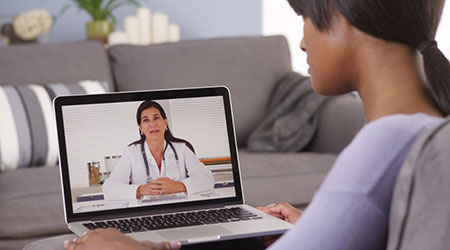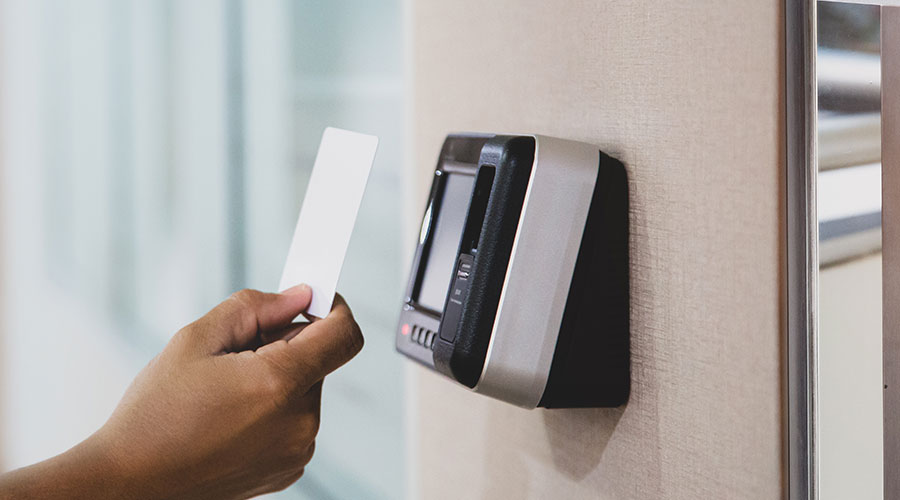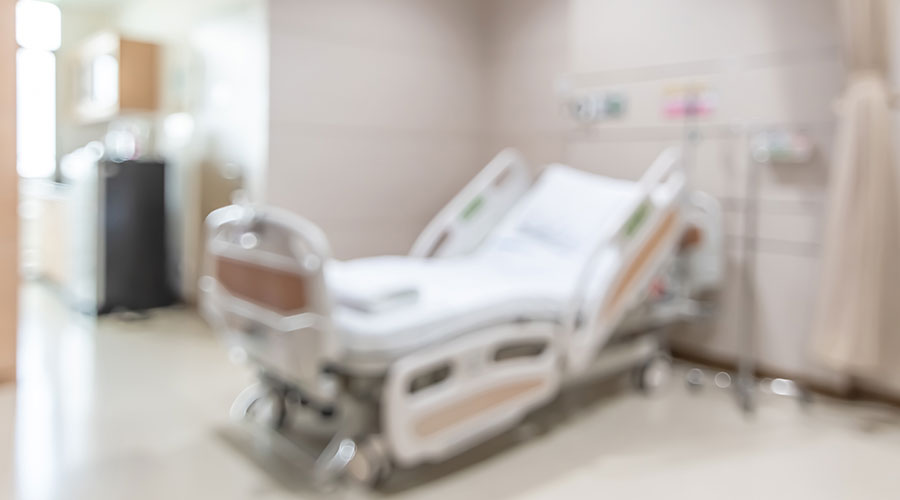The practice of doctors making house calls to see patients in their own homes was popular back in the 1930s and 40s. In fact, house calls accounted for 40% of U.S. doctors’ visits at the time. Medical professionals would arrive at a patient’s home at a moment’s notice, bringing with them all the tools they needed to provide the best care (the “best care” for the 40s, that is). As house calls have become virtually nonexistent today, who would have thought they’d make a virtual comeback?
While our healthcare industry has certainly advanced from the 20th century, telehealth is putting a 21st century spin on the old-fashioned house call. Now, instead of opening a door, patients simply need to open an app.
As we know, telehealth is the use of electronic information and telecommunications technologies to support and promote long-distance clinical health care, patient and professional public health and health administration. Telehealth’s applications include real-time live or recorded video conferencing, remote patient monitoring, such as recording personal health and medical data, and mobile health, where public health information can be provided through mobile devices (such as targeted texts, notifications about disease outbreaks). Currently, more than half of all U.S. hospitals implement some type of telehealth program in their facilities.
Telehealth ensures patients receive the best care at the right time and right place, by increasing accessibility to doctors, physicians and specialists. Now, telehealth’s virtual house calls are not meant to replace emergencies or severe accidents where immediate help is required. These virtual visits help with a wide array of non-emergent issues, such as colds, allergies, ENT concerns, high blood pressure, anxiety and depression, and post-surgery follow-up appointments.
Benefits of telehealth programs
There are a multitude of perks to healthcare facilities implementing a telehealth program. For one, telehealth can travel even when a patient cannot. No matter if a patient cannot physically travel due to geographic location, their physical condition, a lack of transportation or psychological issues, telehealth brings medical care to the patients. In addition, physicians can see a larger volume of patients in a shorter amount of time when appointments are held via computer or phone.
More patients being diagnosed in less time means better margins for the facility itself. The University of Pittsburgh Medical Center found that, on average, $86.64 is saved each time a patient receives their care online versus in a clinic or ER. When multiplied by hundreds of patients each day, the fiscal benefits of telehealth programs alone are astronomical.
Telehealth and facilities management
There are many different working parts of a healthcare facility – urgent care centers, private rooms, doctors’ offices, nurses’ stations, emergency rooms – to name a few. The physical space of a hospital is crucial to providing the best care possible. However, more times than not, a trip to a healthcare facility isn’t all that necessary. In fact, studies have shown that nearly 75% of doctor, urgent care and ER visits could have been handled via phone or video.
For facilities management, this means a large shift in the way facilities are designed for a virtual space. Although telehealth is emerging at a fast-pace, healthcare as we know it has been undergoing a major shift to population health with smaller, community-based healthcare facilities. This requires a shift in mind-set for facilities management leaders where they should be developing a mobile workforce strategy that will take those same facilities management services provided within the walls of a large hospital and become equipped to service smaller ambulatory centers.
As mentioned earlier, telehealth is not meant to replace hospitals and healing environments. Patients who require critical care, such as severe issues with their lungs, heart or brain, require 24/7 care at a physical hospital. Special environments for these certain ailments, colloquially called boutique hospitals, are becoming the new normal as telehealth takes over.
What’s next?
Wearable technology such as Fitbits or heart rate monitors will continue to inform patients about healthcare data in real time and allow them to share with their doctor. Doctors can be linked in to patients’ ongoing health and can utilize telehealth’s applications should an issue arise. In addition, augmented and virtually reality in healthcare has seen a surge in popularity as the technology continues to advance. Already, we’re seeing elderly patients with cognitive reasoning and communication issues operate virtual reality headsets to help foster their interactions.
As the telehealth revolution continues to boom, facility managers must adapt to the virtual changes. While hospitals will never be truly nonexistent, telehealth is paving the way for a new era of care. It might not be 1945, but a house call may be within your reach. The next time you’re feeling ill, don’t worry about the long line at urgent care – a video call could do the trick.
Jason “JD” Duigou is the Chief Information Officer at Medxcel.

 Parker Solves Contact Problems by Implementing Touchless Access Controls
Parker Solves Contact Problems by Implementing Touchless Access Controls Technology Trends for Healthcare Real Estate in 2025
Technology Trends for Healthcare Real Estate in 2025 Advocate Healthcare Invests $1 Billion Into Chicago's South Side
Advocate Healthcare Invests $1 Billion Into Chicago's South Side Children's Medical Center Plano Opens New Patient Tower
Children's Medical Center Plano Opens New Patient Tower Layered Security on the Rise in Facilities
Layered Security on the Rise in Facilities